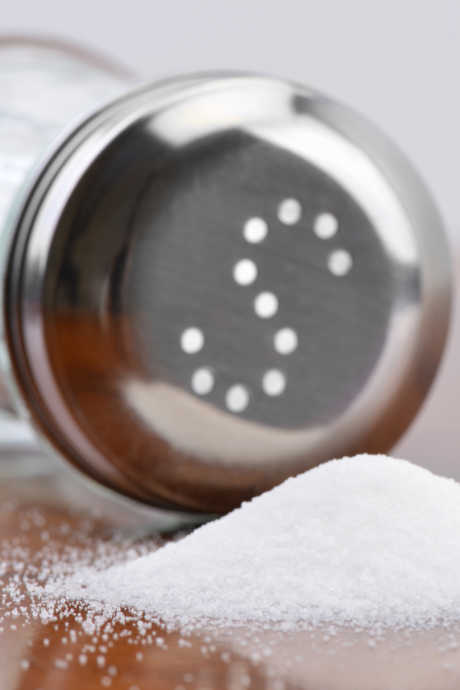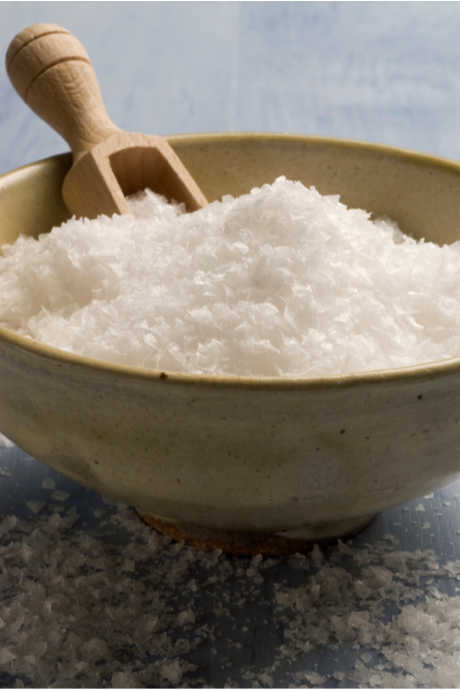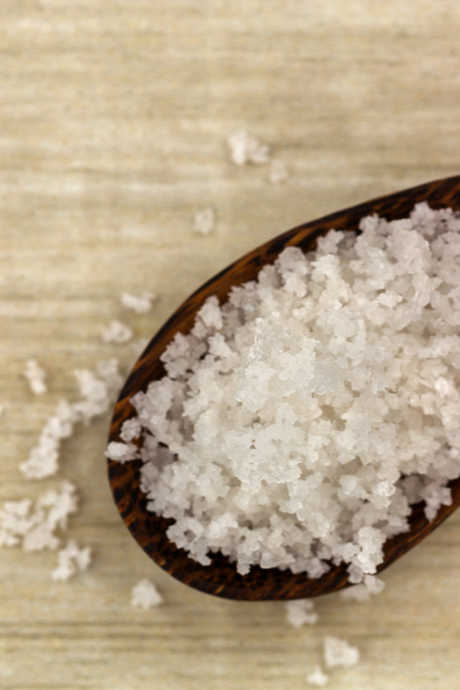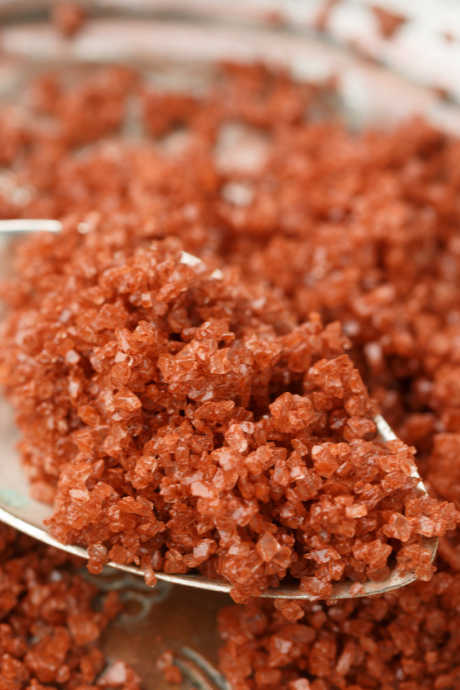Types of Salt: From Everyday to Extravagant
Posted by Julie on Feb 18th 2019
From tiny granules found in nearly everyone’s kitchen to colorful crystals from half a world away, salt is an essential seasoning. Whether you’re cooking a savory dish or baking something sweet, chances are good your recipe calls for salt. (And if it doesn’t, adding salt just might improve it.)
Too many types of salt exist for us to cover them all adequately. In this post, we’ll hit a few of the highlights and help you better understand what types of salt are best suited to different applications.
Cooking Salt vs. Finishing Salt
In this post, we occasionally refer to cooking salt and finishing salt, so we’ll clarify the difference upfront. Cooking salt is added as an ingredient when cooking or baking. Finishing salt is sprinkled on top of finished dishes to add both flavor and texture. If you’ve seen this video of Salt Bae, it’s a perfect example of the use of finishing salt.
The Basics of Salt
While your kitchen cupboard may contain three or more types of salt, they’re all almost exactly the same from a chemical perspective. Salt is sodium chloride, whether it comes from the Himalayas, the coast of France, or right here in the US. The differences come from the mineral content, the presence of absence of additives, and how each type of salt is made. However, none of them have been proven to do anything more beneficial than make your food delicious. Please take any grandiose health claims about particular types of salt with a grain of…well, you know.
Salts may be nearly chemically identical, but they measure differently due to the various shapes of the crystals. Table salt has smaller, more regularly shaped crystals than sea salt, which is larger, flakier, and more irregular. Refer to this handy conversion chart for substituting different types of salt in equivalent proportions.
Types of Salt: Table Salt
The most commonly found type of cooking salt is table salt. It’s harvested from underground salt deposits and may have iodide added. Iodized salt also includes trace amounts of added sugar to prevent discoloration of the salt crystals, plus anti-caking agents to keep it flowing even in humid conditions. You can buy table salt without iodide too.

Because table salt can be measured so easily and accurately, it’s well-suited to cooking and baking. But the tiny grains that make it easy to measure also make table salt a poor choice for seasoning cooked food on your plate. Since it’s difficult to see how much salt you’ve added, you run the risk of over-salting your food.
Types of Salt: Kosher Salt
Kosher salt gets its name from its original function — koshering meat to remove blood and other fluids. It’s coarse, with larger crystals that can be seen more easily than fine table salt crystals. This makes kosher salt ideal for adding to meat or vegetables after cooking. You can also use it in cooking and baking, but be sure to measure it based on the conversion chart. Different brands of kosher salt measure differently, too.
Types of Salt: Sea Salt
Sea salt comes from evaporated sea water and contains a variety of minerals based on the source of the water. The minerals aren’t present in large enough amounts to offer any nutritional value, but they do contribute to the flavor of sea salt. Otherwise, sea salt is chemically identical to table salt and kosher salt.

Sea salt is perfect for finishing both sweet and savory dishes. It adds both a burst of salty flavor and a bit of a crunch. Maldon sea salt is perhaps the most well-known.
Types of Salt: Sel Gris
Sel gris is a variety of sea salt that comes from the coast of France. Solar evaporation of water from Celtic Sea marshes yields moist, grey salt crystals with a briny flavor. While sel gris can be used as both a cooking salt and finishing salt, it’s on the pricey side. Purchase more finely ground sel gris for cooking, and coarser flakes for finishing meat, fish, and vegetables.
Types of Salt: Fleur de Sel
Like sel gris, fleur de sel is another form of sea salt that hails from the coast of France. Fleur de sel is even more expensive though, since it is harvested manually and dependent on weather conditions. Fleur de sel comes from the top layer of salt crystals left behind after evaporation; sel gris is harvested from the bottom layer. They are both moist, with a lingering salty flavor.

Fleur de sel is a finishing salt, in large part because of its cost. Perhaps surprisingly, the best substitute for fleur de sel is kosher salt. While it won’t offer the same taste, kosher salt has large crystals that won’t dissolve right away and have a nice crunch.
Types of Salt: Shio
Yet another type of sea salt, shio (which translates simply to “salt”) is made in Japan by evaporating sea water and then crystallizing the remains over fire. Japanese salts come from a wide variety of water sources and are harvested in a multitude of ways, resulting in a range of flavors and textures. Salt also plays a significant role in Japanese culture. A wonderful resource for learning more about Japanese salt is the Netflix series “Salt, Fat, Acid, Heat” with author and chef Samin Nosrat. It will distract you from European sel and introduce you to Asian shio.
Types of Salt: Hawaiian Salt
Red and black Hawaiian salt are both sea salts. However, they may not be as authentic as advertised. The red variety is white sea salt mixed with volcanic clay known as alaea. Iron ore in the clay gives red Hawaiian salt its color. However, some red “Hawaiian” salts are mixed with Chinese clay. Likewise, black Hawaiian salt is sea salt with activated charcoal added to it for color.

Whether your Hawaiian salt is authentic or not, it’s still sea salt and therefore a great option for use as a finishing salt. Sprinkle red or black Hawaiian salt over meat, seafood, and poké.
Types of Salt: Himalayan Pink Salt
This trendy salt is mined in the mountains of Pakistan, from deposits left by the marine life of an ancient sea. While Himalayan pink salt contains dozens of minerals, none of them are present in amounts large enough to be of nutritional value. These minerals do enhance the flavor of pink salt and make it another fine choice for finishing meat and vegetables, and sprinkling over salads.

